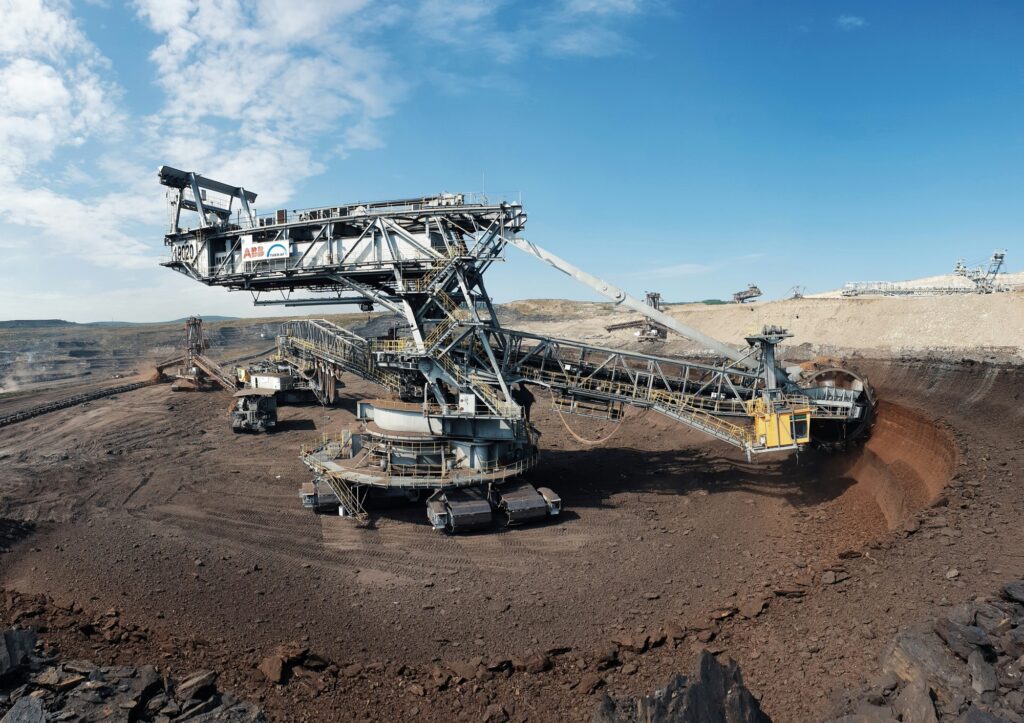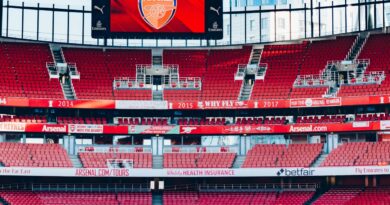Mining Dynasties: How Family Legacies Are Reshaping South Africa’s Mineral Future
The sons and daughters of South Africa’s mining magnates are stepping into leadership roles, bringing both continuity and fresh challenges to an industry at a crossroads. This generational shift comes as the sector faces unprecedented pressure from energy transitions, policy uncertainty, and global market volatility.
The New Guard
- Second-Generation CEOs now lead 37% of JSE-listed mining houses
- Mixed Results: Some expand operations while others struggle with debt burdens
- Digital Push: Younger leaders driving automation and ESG investments
Legacy vs Innovation
The tension between tradition and transformation manifests in:
✓ Resistance to moving beyond traditional commodities (PGMs, gold)
✓ Faster adoption of renewable energy solutions at mines
✓ More engagement with communities than parent generation
Proving Grounds
Current tests for mining scions include:
- Navigating uncertain mineral rights regime
- Balancing shareholder demands with social obligations
- Decarbonization timelines conflicting with profit goals
As these heirs consolidate power, their decisions will determine whether South African mining evolves or clings to fading glory.

Blood and Ore: The Next Generation Takes Control of South Africa’s Mines
The boardrooms of South Africa’s mining giants are undergoing a quiet revolution as the children of the industry’s legendary figures assume control, bringing both the weight of family legacies and promises of modernization to a sector facing existential challenges.
Over the past five years, 14 major mining houses have transitioned to second-generation leadership, with scions now managing operations worth a combined R487 billion. Some descend from apartheid-era mining barons, others from post-1994 BEE pioneers, but all face the same daunting task: reinventing South African mining for an era of energy transition and heightened social expectations.
The new leaders display distinct generational fingerprints. Unlike their parents who focused single-mindedly on volume and cost, today’s mining heirs pour capital into renewable energy projects, automated systems, and community partnerships. One platinum group has reduced its fossil fuel dependence by 38% under its new CEO, while a historic gold company now derives 15% of revenue from recycling operations.
Yet family ties create unique tensions. Many feel compelled to honor traditional commodity focuses even as markets shift – maintaining gold shafts that haven’t turned a profit in years because “grandfather built this.” Others struggle with inherited debt from aggressive expansions during the commodities supercycle. The most successful appear to be those selectively breaking with tradition, like the Motsepe protégé who pivoted a struggling coal operation into battery metal processing.
Their ultimate test lies ahead. With mineral policy in flux, electricity costs soaring, and global buyers demanding carbon-neutral metals, these heirs must prove they’re more than caretakers of fading empires. Their choices in the coming decade will determine whether South African mining becomes a 21st century industry or a relic of its past glory. One thing seems certain – the age of the mining dynasty is far from over, but its nature is changing dramatically.



